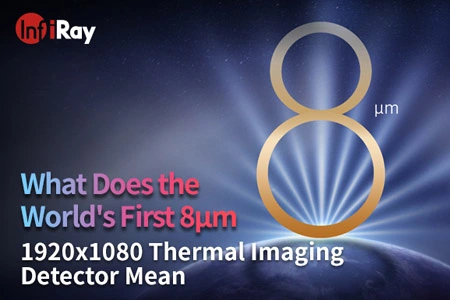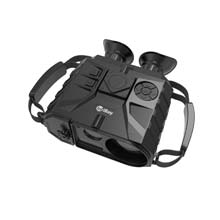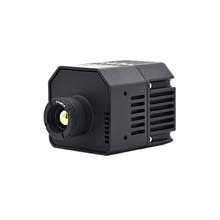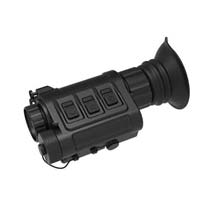What Can Thermal Imaging Cameras Detect?
Thermal imaging technology is applied in both the military and civilian sectors. It was designed for military purposes and gradually turns to civilian use. It's generally called thermal imaging camera in civilian use, and is mainly applied in research and development, industrial inspection and equipment maintenance. It has a wide range of applications in fire prevention, night vision and security protection as well.
1. About thermal imaging cameras
A thermal imaging camera is a non-contact device that detects infrared energy (heat) and converts it into a visual image. Now let's dive into the science of thermal imaging cameras and the invisible world of heat they allow us to see. The first thing to learn about thermal imaging cameras is that they don't work like regular cameras. Both ordinary daylight cameras and human eyes work based on the same principle: visible light hits something and reflects back from it; a detector receives the reflected light and then transforms it into an image.
Thermal imaging cameras use heat rather than visible light to take pictures. Both heat (also known as infrared rays or thermal energy) and light are part of the electromagnetic spectrum. However, a camera capable of detecting visible light could not detect heat, and vice versa. Thermal imaging cameras capture infrared energy and use the data to create images via digital or analog videos. Important factors to consider when selecting a thermal imaging camera include resolution, range, field of view, focus, thermal sensitivity and spectral range.
2. What can thermal imaging cameras detect?
The heat sensed by the infrared camera can be measured very accurately, thus enabling a variety of applications. The thermal imaging camera module detects nuances in heat - as small as 0.01°C - and displays them as shades of gray or different colors. Everything in our daily lives gives off heat energy - even ice. The hotter things are, the more heat energy they give off. The emitted heat energy is called "heat signature". When two objects adjacent to each other have slightly different heat signatures, they can be clearly distinct to the thermal sensor, regardless of the lighting conditions. This allows thermal imaging cameras to detect objects in complete darkness or smoke-filled environments. Thermal imaging cameras can detect many things that our eyes or ordinary cameras cannot see, while they can also be blocked by some unexpected materials.
3. What are the applications of thermal imaging cameras?
Potential applications of thermal imaging cameras are virtually limitless. Originally developed for surveillance and military operations, thermal imaging cameras are now widely used for building inspections (humidity, insulation, roofing, etc.), firefighting, self-driving cars and automatic braking, skin temperature screening, industrial inspections, scientific research, and the list goes on.

 français
français  Deutsch
Deutsch  Español
Español  italiano
italiano  русский
русский  português
português  العربية
العربية  日本語
日本語  한국어
한국어  magyar
magyar 















